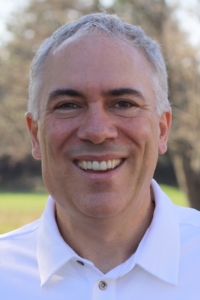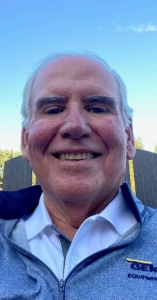A New Value Proposition for Leaders

Tonight’s blog is courtesy of Ed Wallace, in a continuation of his last blog post: How Do We Measure Success?
Most executives and managers will tell you that strong human relationships are critical to their success. They say they also need their team members and employees to be great at developing and maintaining relationships, collaborating, innovating, advocating for company goals and keeping the organization functioning effectively. Whether it’s external or internal business relationships, we need to understand how people think and act, what it takes for someone to want to listen to you, help you, work for you, work with you, and even buy from you.
The challenge we face during the pandemic is that proximate relationships are difficult to foster let alone to launch new ones. A recent McKinsey survey indicated that most companies are going to behave like they are as of this writing for another 12 months after the pandemic is over. This leads to what I call the need to become a hybrid relational leader. However, very few leaders take any kind of structural, systematic approach to doing this.
Intentionality
I find it paradoxical that if relationships are so important, then why are leaders unable to display ‘intentionality’ toward them? The answer is due to the fluid, unpredictable nature of business relationships that makes companies struggle with just how to capitalize on their potential. In fact, many business leaders view developing business relationships as an instinctive mind-set rather than as an approach based on beliefs, new skills, and a repeatable process. I’ve heard the phrase, “We focus on hiring and growing people with the most magic,” hoping that magic will rub off on everyone else. The common result is a haphazard, almost accidental process of relationship development. How risky is that now that we can’t meet with people in person as often?
What’s Missing?
So, why are leaders missing the relational mark? My experience, through many years of research into business relationships and working with over 28,000 business professionals and 300 companies, has shown me that there are five identifiable principles that lead to intentional relationship development whether it be proximate or digital and, not surprisingly, superior performance. They are at the very heart of the practice of the most successful leaders at all levels in organizations and life. The Five Principles of the Relational Leader are:
- Display Worthy Intent
- Care About People’s Goals, Passions, and Struggles
- Make Every Interaction Matter
- Value People Before Processes
- Connect Performance to a Purpose
The Five Principles of the Relational Leader
Relational Agility: A New Competency
These principles form a system of beliefs for high performers that Relational Leaders follow and apply intentionally. I define this intentionality as the way Relational Leaders coordinate a principled, purposeful and practical relational approach. This results in a competency that I call relational agility that allows them to bridge the generational, cultural, and yes, the pandemic gaps, that exist today. Through my experiences and research, I know they can be learned, practiced and improved bringing a surprising level of precision to relationships in organizations.
This begins with the first principle, known as Display Worthy Intent- putting the other person’s goals and values at the forefront of each business relationship, creating an exceptional experience for others. Relational Leaders then apply the remaining principles to create relationships that immunize them against all competitors both within and outside their organizations.
We all create plans and strategies for many aspects of life – education, careers, building a home, retirement, and even playing games with our children. So why leave the development of important business relationships largely to improvisation or magic when even magicians have a disciplined process to accomplish their illusions. Relational Leaders deliver on the new value proposition for leadership through a strategic, intentional focus on their business relationships using the five principles and process that I shared in this article. Companies that ‘invest in relational capital’ will be the long-term winners in today’s complex business environment.
The margin for error in business today is razor thin, so why takes chances on your relationships!
Ed Wallace, President, AchieveNEXT Human Capital.
Ed consults with and speaks for corporations and associations across the globe with a client list that is a Who’s Who of Fortune 500 companies. He is the author of Fares to Friends, Creating Relational Capital, Business Relationships That Last, and his most recent the #1 best seller, The Relationship Engine. In addition, Ed is currently on the Executive Education faculty of Drexel’s LeBow College of Business and Villanova University’s Human Resources Master’s program. https://www.linkedin.com/in/relcapgroup/








